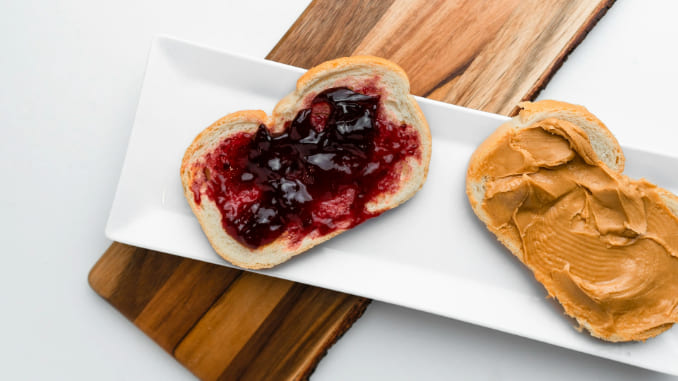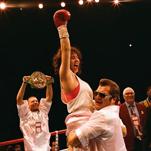The Peanut Butter And Jelly Sandwich Is Fundamentally A Dessert
Photo by Freddy G/Unsplash
I’m lucky enough to have a mom who almost always packed my lunch for school all throughout my elementary years. Sometimes, she would send soup in a Thermos or, if I was particularly lucky, pizza Lunchables that I would crush in under five minutes flat. But most of the time, she made me sandwiches. Bologna, turkey, roast beef, ham… there were endless iterations of the same meat-based sandwiches most days of the week, always paired with chips or pretzels, fruit or freshly cut vegetables, a juice box and whatever fun snacks we happened to have stocked in the pantry at the time.
Perhaps my favorite sandwich of them all, though, was also the simplest: peanut butter and jelly. As a child, I wasn’t always fond of meat, so this meatless concoction felt like a special treat. It was luscious, sweet, a chance to eat something sugary in the middle of the day when I normally had to wait for an after-dinner dessert.
-

-

-

-

-

-

-

-

-

-

-

-

-

-

-

-

-

-

-

-

-

-

-

-

-

-

-

-

-

-

-

-

-

-

-

-

-

-

-

-








































